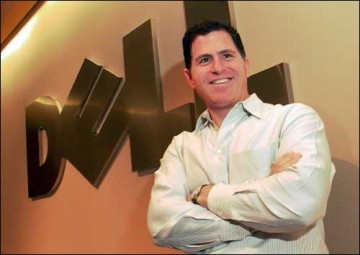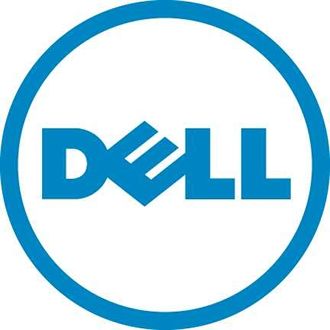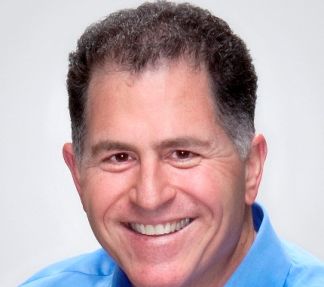 The word on the street has been that Pat “Kicking” Gelsinger is about to clean out his desk at VMware once the EMC/Dell merger concludes.
The word on the street has been that Pat “Kicking” Gelsinger is about to clean out his desk at VMware once the EMC/Dell merger concludes.
However Gelsinger apparently has his feet nailed underneath the desk to prevent easy removal, even if it has curtailed his kicking antics for now.
Speaking at the Jefferies Technology Conference Gelsinger told the assorted Jeffs that he denied that he was off to pastures new: “I categorically deny it, EMC categorically denies it, and Dell categorically denies it, so there is absolutely no merit or substance to the rumour whatsoever. My intention is to stay here and Michael Dell’s intention is that I stay here.”
Gelsinger met with Dell earlier this week at VMware’s internal R&D conference when his PR team sent him a text about the report of his departure. Gelsinger said he showed his phone to Dell, asked him “Is there something I don’t know and we got a laugh about it”.
Of course Dell could have been laughing in the same way that Game of Thrones villains do before they stick a knife into someone’s liver, but we don’t think Pat is due to go to any weddings.
Gelsinger added that recent exits from VMware were a sign of execs reaching new stages in their lives, rather than tiring of VMware. Some have teenaged kids. Others have closed 100 quarters in a row at public companies and want new horizons. Gelsinger also said VMware’s replacement executives were “experienced and hungry” so clearly they have not found the VMware canteen yet.














